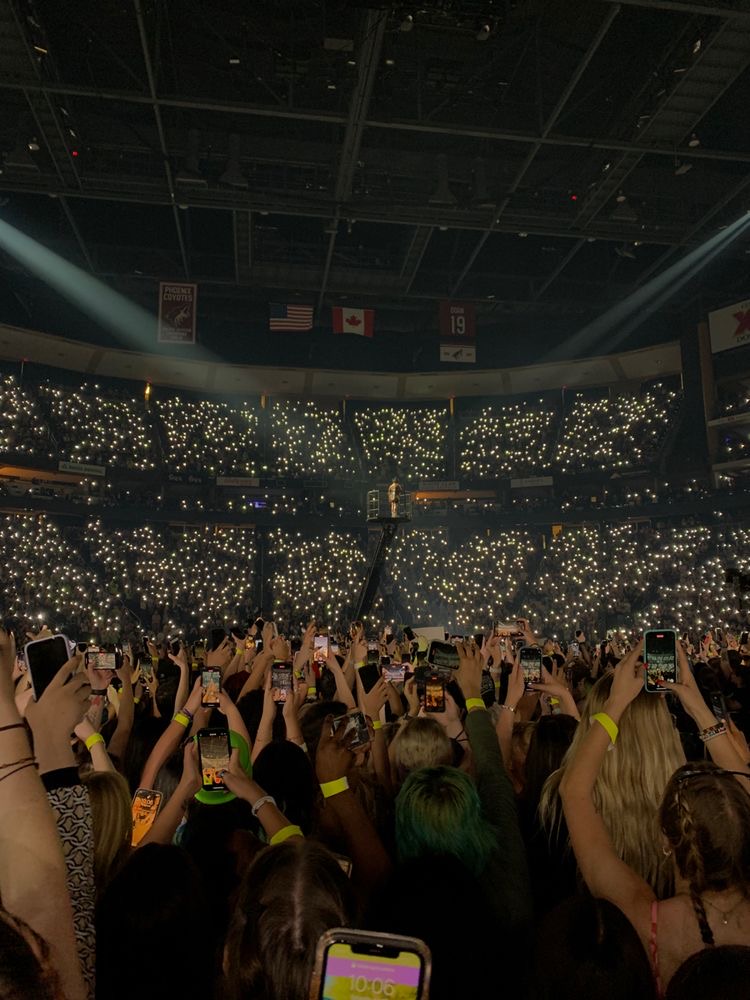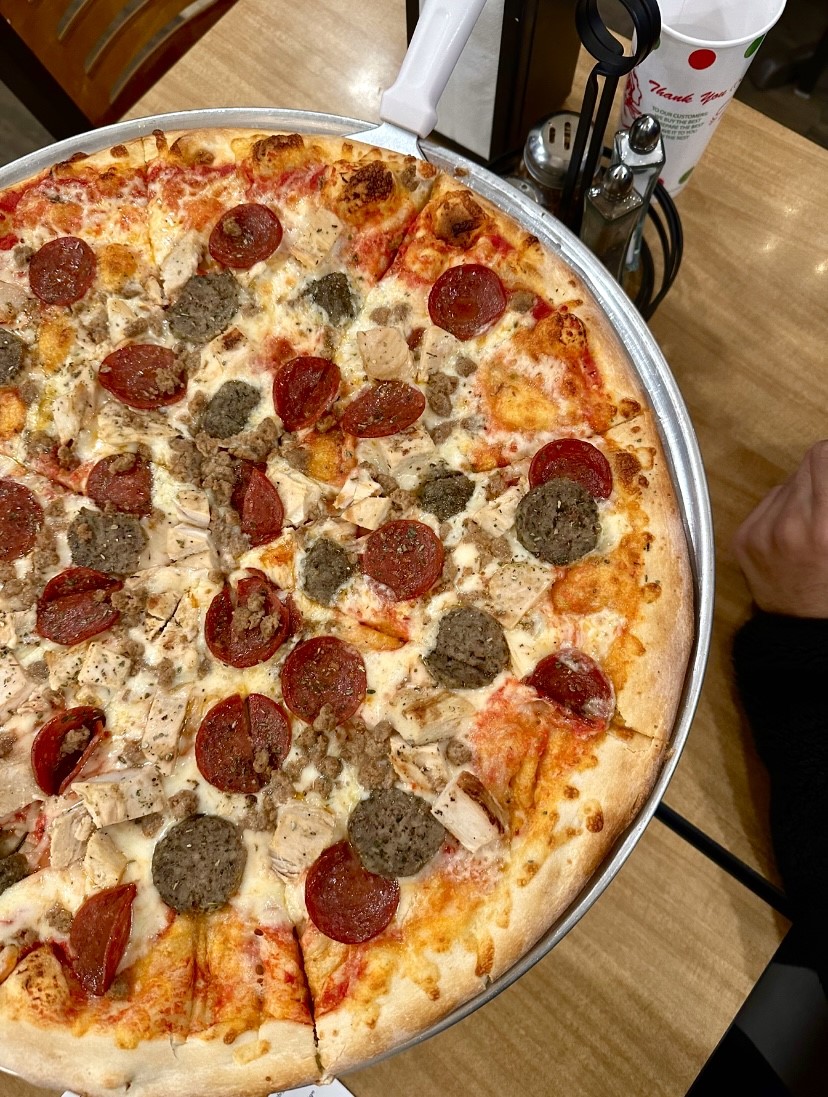One of the most infamous homicide cases happened in Colorado only five years ago. Chris Watts, American oil field operator, murdered his pregnant wife and two kids. During the investigation of Watts, the media was heavily involved, one of the reasons that the murder attracted so much of an audience, and therefore many documentaries such as the Netflix film American Murder: The Family Nextdoor.
This is one of the many examples of the increased attention to serial homicides. Before the 1960s, true crime was almost unheard of, however within the time span of less than 50 years, media attention has shifted. The appeal to true crime heightened substantially along with the number of movies, podcasts, documentaries, and other forms of media that explored gruesome injustices and their nature.
These crimes garnered the intrigue of millions of people despite their gruesome character.
The initial draw to true crime is the natural wonder to know what drives people to do the unimaginable. Humans are drawn to things they don’t understand and that are foreign to them. They feel compelled to analyze and even empathize with aspects of the brain that don’t make sense, in this case, what compels people to commit murder.
This can lead to what many experts call an “armchair detective”. Those who feel a strong sense of justice wish to see the outcome and repercussions that criminals may face. Armchair detectives are especially prevalent in cases that are unsolved, as many people take on the challenge of closed cases hoping they can add a new lens, whether that goal is attainable or not.
However, the appeal of true crime is not only the mystery behind it. True crime also fascinates viewers on a more subconscious level. True crime opens up a new outlook on the world, partly answering the question, “What’s out there”. Research has shown that by viewing true crime, the audience feels as if they are “in the know”, which helps them feel safer.
The layered appeal to true crime is a persistent and captivating phenomenon in media and popular culture. It appeals to viewers on a conscious and unconscious level, which makes the fast-growing genre addicting.


![The Psychology Behind Those Who Love True Crime [COLUMN]](https://ghschronicle.com/wp-content/uploads/2023/11/IMG_1931-1-1200x1001.jpg)












